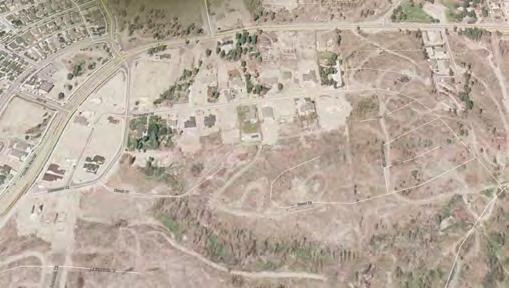Table 39. Total household costs for community-level implementation High hazard
Moderate hazard
Low hazard
Per-household costs, retrofit (Table 36) Cost group 1
$21,000
$21,000
$28,000
Cost group 2
$9,000
$9,000
$8,000
Per-household costs, new houses (Table 37) Cost group 1
$11,000
$11,000
$1,000
Cost group 2
$4,000
$4,000
$4,000
Number of retrofitted houses Cost group 1
940
940
940
Cost group 2
8,460
8,460
8,460
Number of new houses Cost group 1
1,560
1,560
1,560
Cost group 2
170
170
170
Total
$110
Total household cost ($ million) $110
$100
4.6.3 Total Community-Level Costs and Benefits Table 40 presents the estimated long-term average costs and benefits to households, the municipality, and the local utility in the sample medium-sized community 10 years after implementing the National WUI Guide. Recall from Figure 19 that 75% to 80% of the benefits are monetary, and the rest is associated with life safety. The table counts the marginal benefit of having the 1,700 new houses and 9,400 existing houses satisfy the National WUI Guide, and the losses avoided by demolishing 600 existing homes as benefits. The dollar benefit figures already include the value of the avoided monetary and life-safety benefits, but knowing how many deaths, injuries, and instances of PTSD are involved may be valuable. Results are rounded to reduce the appearance of excessive accuracy. As discussed in the methodology section, about 70% of the avoided deaths can be attributed to more fire-resistive buildings, and the other 30% to evacuation communication and resources. The present methodology cannot make similar assertions about avoided non-fatal injuries. A large population centre (with 100,000 housing units in the WUI) might experience costs and benefits 10 times the values shown in Table 40. A small population centre (starting with 2,000 housing units in the WUI) would experience costs and benefits one-tenth as great as those shown in the table. However, municipal costs would depend greatly on whether the community already had sufficient firefighting water supply, e.g., a piped water supply system with fire hydrants or with firefighting apparatus that could draft from nearby water bodies.
83








